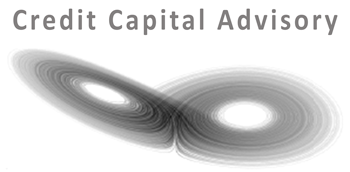Insight into the Impact of Credit Disequilibrium on Financial Markets
Mark Twain, Credit Cycles and Highly Leveraged Private Companies: This Time It Isn’t Different
History doesn’t repeat itself, but it often rhymes Mark Twain is often quoted as saying. When it comes to the credit cycle and the stock market, the ups and downs most definitely rhyme. The challenge for investors is to be in equities in the upswing of the cycle,...
Cuneiform inscriptions, interest rates and excess returns
On the ground floor of the Richelieu wing of the Louvre Museum is an obelisk which depicts the recorded minutes of a government’s credit policy decision from over 4,000 years ago. The Manishtushu Obelisk, written in cuneiform, denotes that the interest rate for...
What investors can learn from freak waves
In December 1978, the cargo ship MS München, carrying steel across the Atlantic to Savannah, Georgia sank. At the time the cause of the tragedy was unknown. Although the ship was ploughing through a winter storm, the significant wave height predicted by the Rayleigh...
US Bond Market Trumps Fake News
Liberal democracies force individuals to have moral opinions about the world we live in. Every few years, as the economist Joseph Schumpeter put it, citizens decide which elite best represents their point of view via the ballot box. Therefore, it is natural for voters...
Investors need to ditch equilibrium theory before the next crash
When improved 19th century optics technology enabled astronomers to observe the trajectory of Mercury around the sun, they discovered it didn’t follow the path anticipated by Newton’s laws. But instead of disputing Newton’s theory, many astronomers decided that...
Credit cycle shift raises concerns over future consumption
The first quarter of 2018 was tough for asset allocators. Between January 26 and April 2, the S&P 500 dropped 10%, while 10 year government bond yields continued to widen. This shift in market sentiment combined with an intense newsflow of a pending global trade war...
